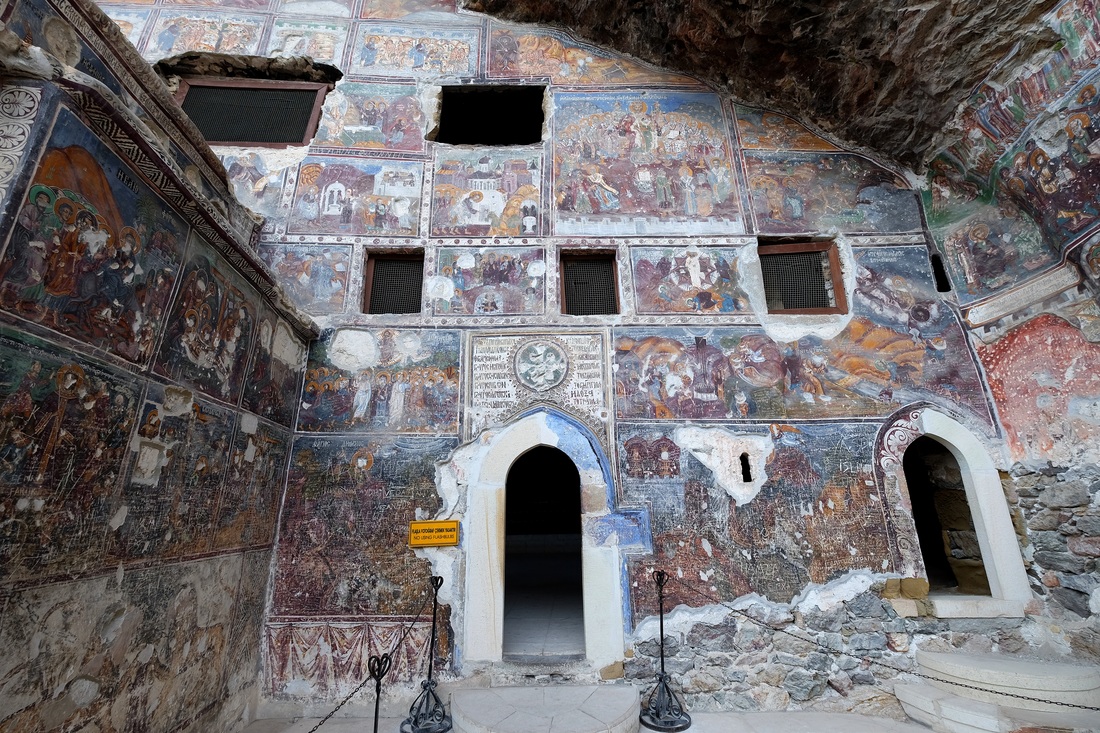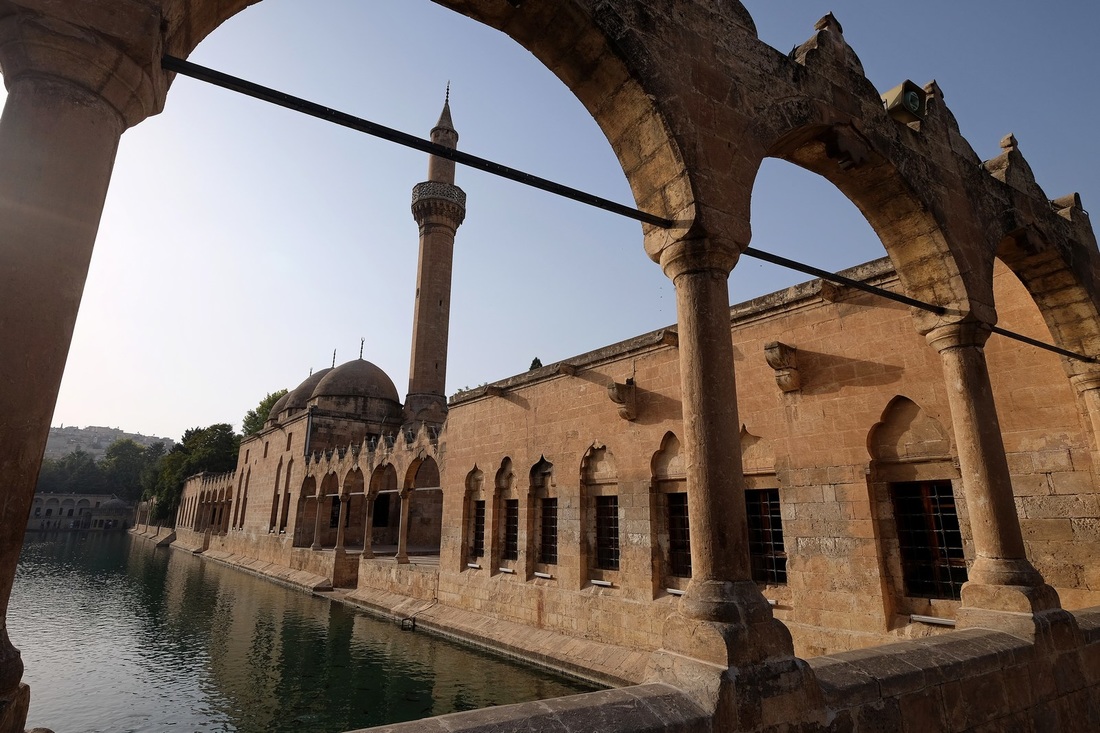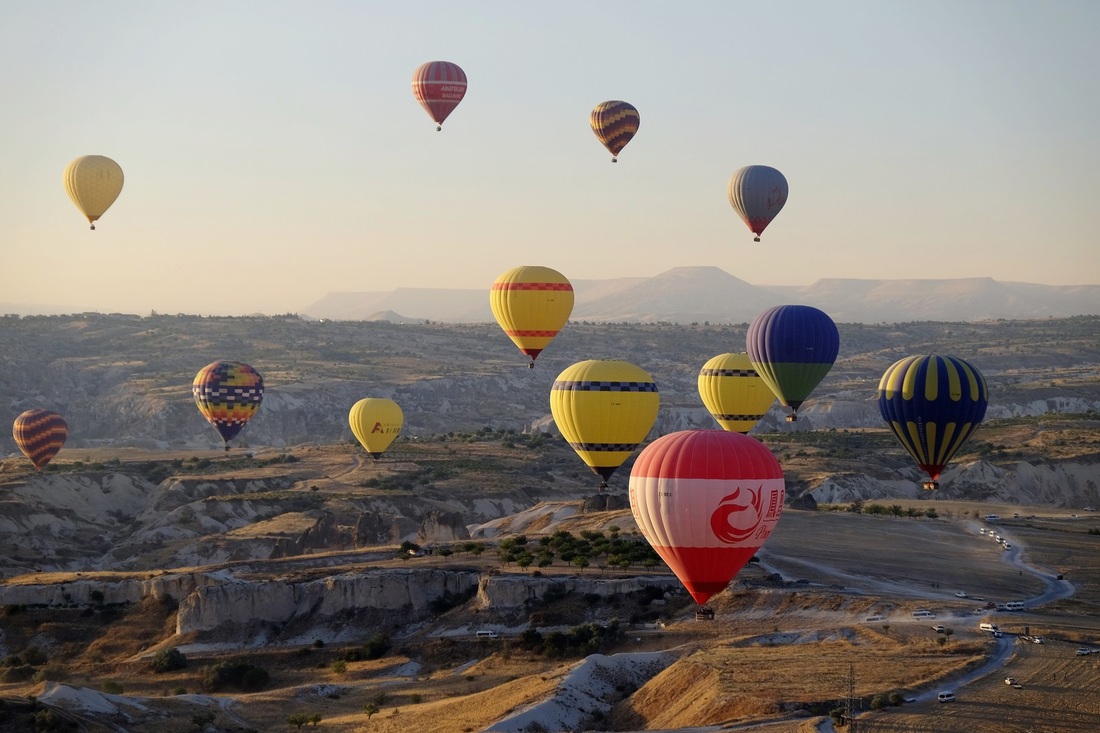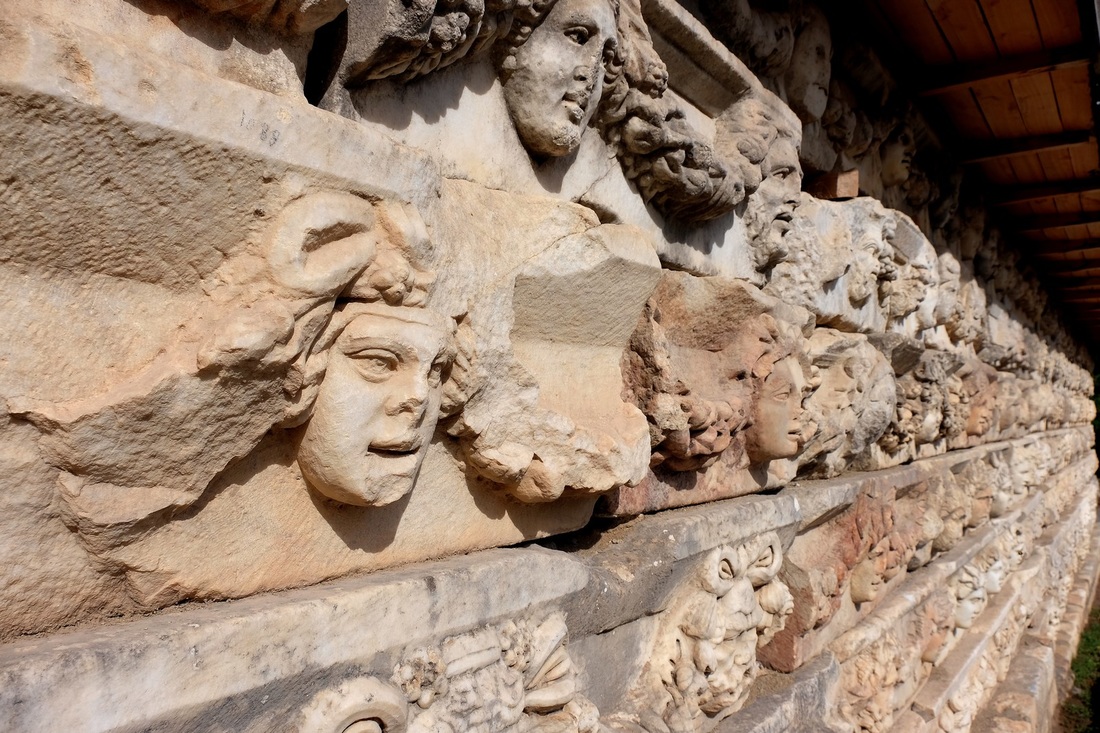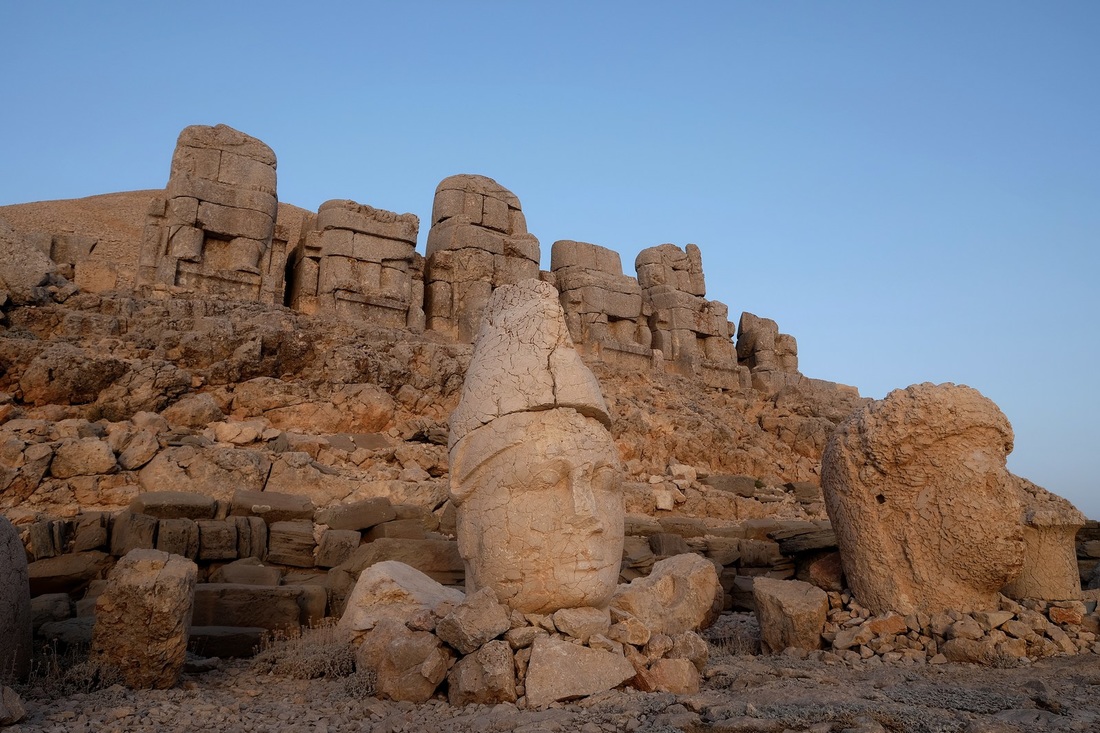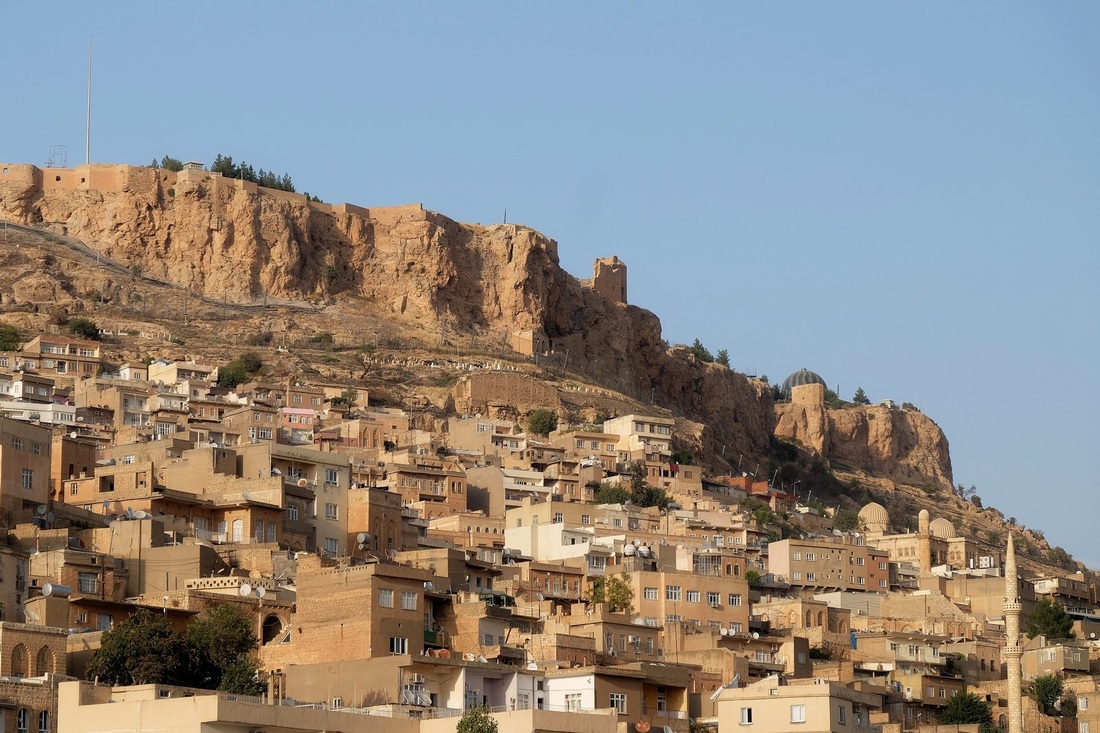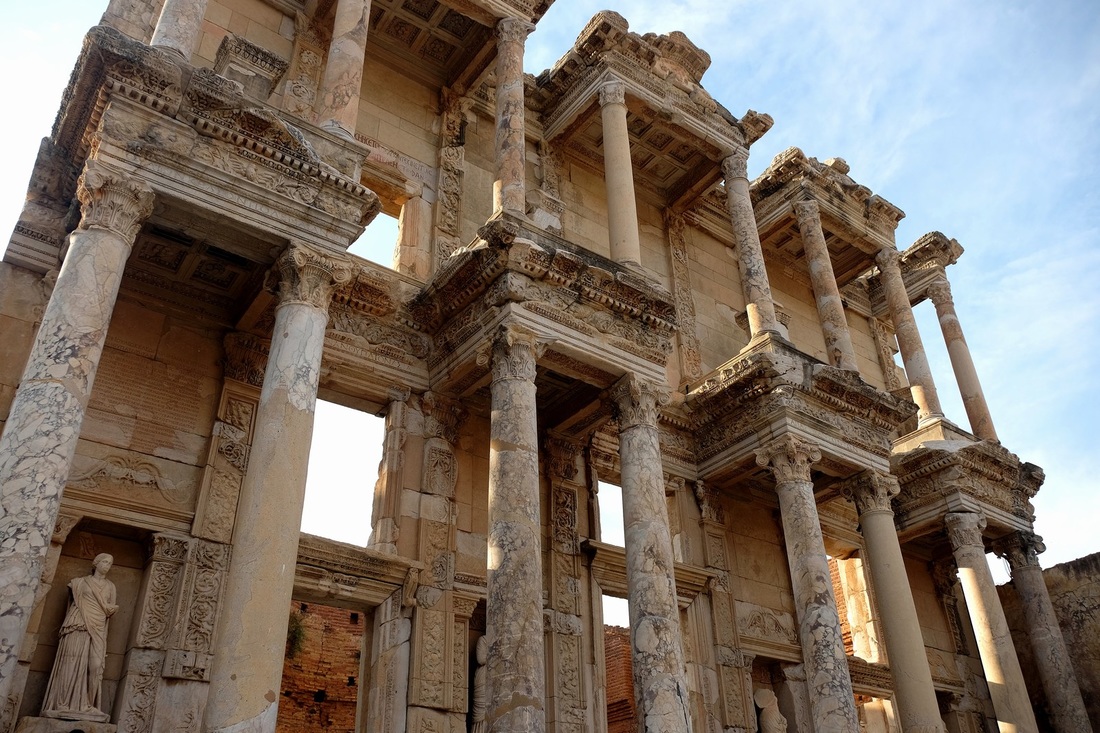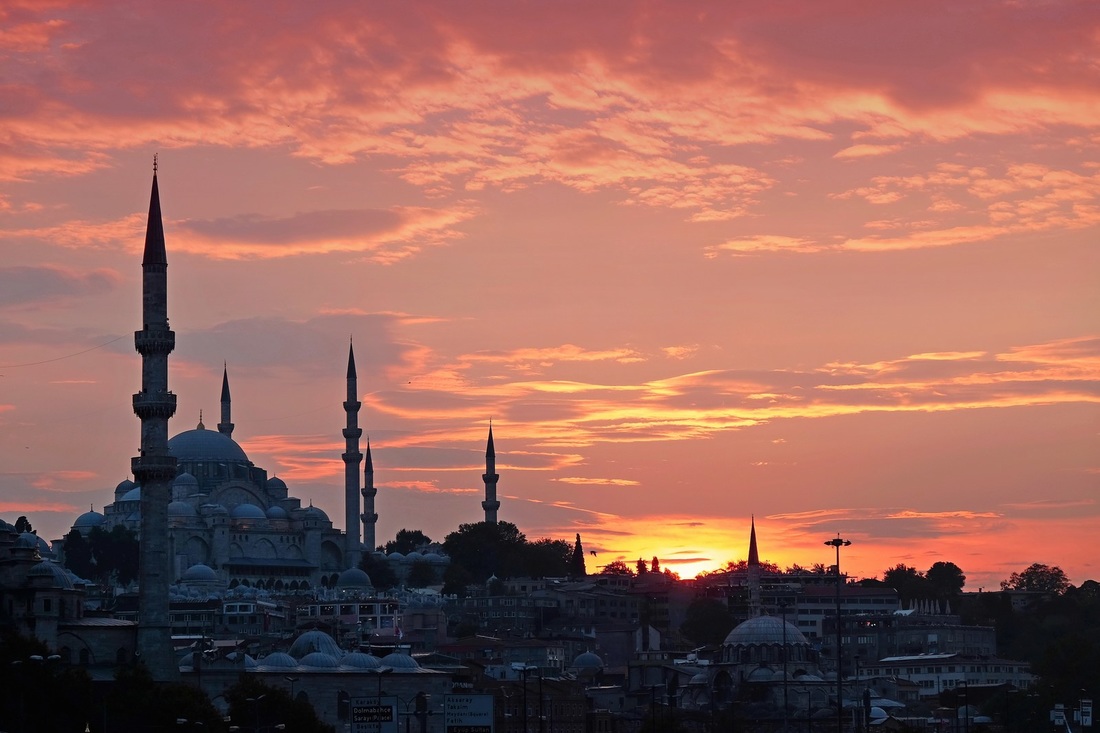Note: I was supposed to post this blog on 10th October but the Ankara bombings happened and I decided to do a piece on that first (see earlier posting). In this blog, I'll focus on the happier memories I've had in Turkey, which remains a fantastic place to visit, given the right precautions in view of the uncertainty the nation presently faces.
I've spent just over a month travelling through Turkey, on the last leg of my trip across the Asian continent. In my time in the country, I've been fortunate to experience the blockbuster sights of Istanbul, Ephesus and Cappadocia which are undoubtedly world-class destinations. However, it's been the less-traveled trail across the Kurdish heartland of southeast Turkey which has given my trip an even more meaningful dimension.
The vast majority of tourists in Turkey try to pack the aforementioned blockbusters into a 7-10 day itinerary. And they emerge from their holiday satisfied that they've seen the best the country has to offer. With all due respect, they're mistaken, and there's much more to Turkey than Islamic monuments, ancient roman ruins and hot air balloons. In direct contrast to the typical tourist hotspots, the more secluded regions of Anatolia offer visitors an unsanitised glimpse into true Turkish culture and hospitality. Minus the artificial veneer of tourist traps which are more plasticky than the cards you use to pay for them.
Even after experiencing the iconic sights of Istanbul and the Aegean Coast, I am no less impressed by Turkey's more rural regions. Worthy examples include the Sumela Monastery near Trabzon which bursts with colour and character; the mystic Mount Nemrut with its headless statues; the religious symbolism of the gardens in Sanliurfa; and of course the idyllic, honey-hued town of Mardin. And that's not all! I wish I had more time to visit the whirling dervish capital of Konya, the mysteriously abandoned ancient Armenian city of Ani, and the biblical Mount Ararat, supposedly the resting place of Noah's Ark.
The best way to explore the outer realms of Turkey is by car. I wasted a lot of time on public transport, shuttling between bus terminals and transport hubs. In hindsight, I could have seen twice as much in half the time if I had rented a car for two weeks. Of course, the economics work out more favourably with more travel companions. Some of my most memorable experiences came from roadtrips in central Anatolia and venturing inland from the Aegean coast with visiting friends. Although the distances are pretty massive, the freedom of having your own transportation, and the possibilities it opens up, more than compensates for the long hours behind the wheel.
Despite Turkey's present-day woes, I'm long-term optimistic about this country. One only has to witness the extent of commercial activity here to conclude that domestic consumer demand - the cornerstone of any maturing economy - is stronger than ever before. In his book The Next 100 Years, George Friedman predicts that Turkey will be a Top Ten economy by 2020, and regain levels of influence not seen since the heights of the Ottoman Empire a few centuries ago. Perhaps recent setbacks will delay Turkey's accession into the ranks of global powers. But the nation's fundamentals - population strength, strategic location, and its growing role as a key US and NATO ally in containing an increasingly belligerent Russia - will continue to propel the nation forward.
Turkey's history throughout its ancient, medieval and modern eras is as turbulent as it is triumphal. Its people are accustomed to levels of adversity which may be deemed unreasonable by lesser nations. They have a remarkable track record of exceeding prevailing expectations - just look at how far the nation has come compared to Middle East countries which face similar challenges. It is this tenacity that I'm betting on. To wager otherwise would be going against the grain of history, and the formidable momentum which Turkey has built for itself.
Some highlights from my travels in Turkey:
